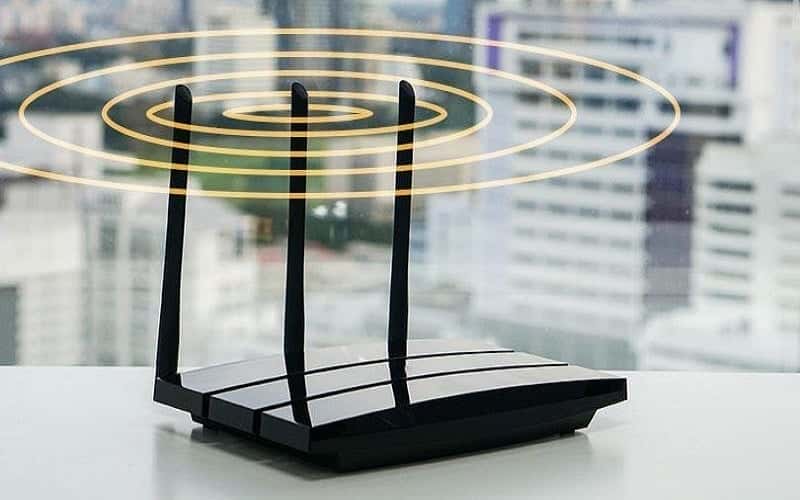We all hate video buffering. We’ve experienced it before. We are rocking our chair; refreshments are handy, the remote is close by, as we plan to binge-watch an interesting series on Netflix. The casts of the series are being displayed, and it’s all looking good. Then it happens…..the annoying buffering process stares right at you once again.
There are several reasons for your Wi-Fi’s terrible speed especially when the slowness comes at a crucial time. Signal issues, your location, firmware troubles, hardware restrictions or maybe space-related problems that cannot cope with your router coverage.
If you aim to improve your home Wi-Fi so you can end the regular video buffering and the slowness that comes with it, there are processes on How You Can End Your Terrible Home Wi-Fi, and we are going to be looking at them one after the other:
1. A Software Update For Your Router Might Be Needed
This is one of the first possible solutions that pop up in your head – confirming your router’s latest firmware. Looking out for updates is critical for your PC, gadgets and installed software and apps. The reasons are simple. First and foremost, you can fully enjoy all the latest features and improvements that come with an improved version of the firmware plus your computer gets updated for security. Normally, you get to check, review, download and install your router’s new firmware on its admin page. This is solely dependent on the model of your router, so ensure you use the manual for guidelines to follow to get this done. Be aware that router firmware updates will demand a restart, so get rid of any activities that need a network connection when you work on an update. Finally, check the router firmware updates every three months to be on the safe side.
2. Notice Wi-Fi Intrusions
Are u aware that appliances like Bluetooth speakers, microwave ovens e.t.c can hinder the speed of your Wi-Fi network? This is the case with more ancient routers that can function only on 2.4GHz frequency, and intrusions from other appliances can bring about slowness and unexpected connectivity. Also, regularly ensure you place your Wi-Fi router near 2.4GHz appliances like the ones already mentioned. To make life simple for yourself, create a Wi-Fi “heat” map of your location via software like HeatMapper. They are very effective in helping you notice where Wi-Fi signals are at their strongest in your house or place of work.
3. Do Not Select The Wrong Band
Wi-Fi bands are not the same. If you have a fresher router, get information to be sure if it supports the 5GHz band. More recent 802.11n or 802.11ac routers usually support this particular band. This is completely different from B/G routers that only cater for transmission on the crowded 2.4GHz spectrum, n and ac routers are able to transmit on 5GHz as well.
Fresher routers have two-band and even three-band capability. By engaging in several bands, you could still store older devices that just support the more ancient standards on the 2.4GHz band and fresher devices on the more robust and faster 5GHz band. This is just like possessing double or triple routers simultaneously.
Why do you need G and N/AC devices, you might ask, you do because mixed-mode routers are normally slower and there is proof that an N or AC router will reduce to the speed of G/B speeds when a G/B only device is connected to it.
Currently, if your device supports N or AC, you will get a major speed enhancement if you connect them to the 5GHz router band.
4. Mesh It
If your home or place of work is extensive and it needs continuous network speeds, owning a mesh Wi-Fi network is a wise move.
Unlike normal Wi-Fi routers that need extenders for a broader reach, futuristic mesh routers are able to widen a Wi-Fi network’s coverage using various access points or satellites.
These systems happen in sets of two or three separate units that are united with their job to improve your Wi-Fi coverage at your homes or offices.
As at this moment, a mesh Wi-Fi network setup might be costly, but because of its reliability, suitability, expandability, and simple management, it is worth the amount you are to pay.
5. Switch Location
Another vital factor that can hinder your Wi-Fi network’s connectivity is the physical location you are at. If signal keeps decreasing in specific rooms in your house then taking your router somewhere else can work magic. Ensure your router is as close to the center of your house as possible. Also, keep it facing up and make sure there are zero physical intrusions like appliances or chairs. Stay away from glass, mirrors, and metal because Wi-Fi signals can banish these kinds of materials. Walls, as supportive as they are at all times, can demean your Wi-Fi signal. Putting your router close to a window is not just misuse, it is a security threat as well. You can also adjust or reposition your router’s antennas. It is vital not to forget that your Wi-Fi antenna goes to all directions in an equal manner. Meaning, if your router is placed along an outer wall, half of your signal is going out. Apart from selecting the optimum channel I talked about above, keep your router at the very least, a meter (3 feet) away from other 2.4GHz appliances.


